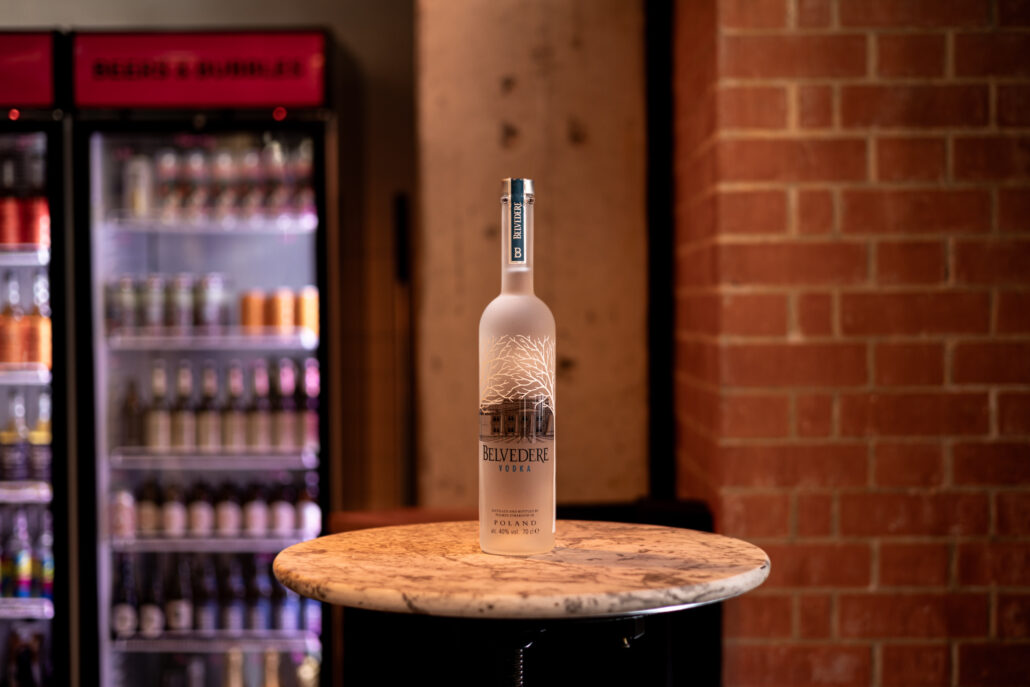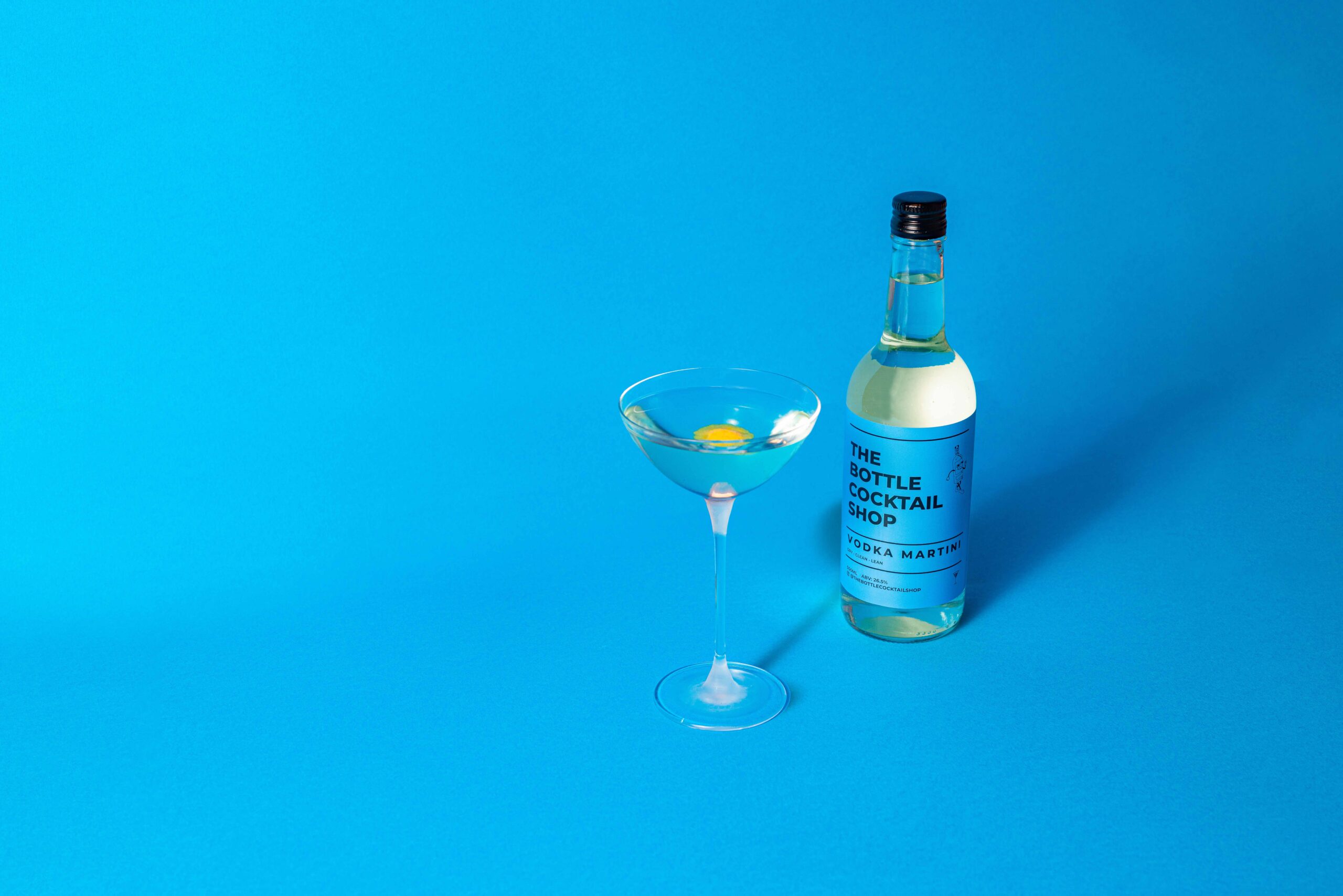What Looks Good
Vodka gained its popularity from 2 markets; the central/eastern European market, and the northern/Scandinavian market. Traditionally vodka is drunk chilled and neat, and accompanied food.
Name and Origins
Vodka is a distilled spirit that is made from any agricultural produce, however predominantly from grain or molasses. In eastern Europe it is also common to produce vodka with potato and rice. It is commonly referred to as a neutral spirt, as the initial distillation must reach above 96%ABV which is the level at which equilibrium occurs. At this point the alcohol and water evaporate at the same rate. Conventional column stills are unable to produce a higher %ABV.
The neutral spirit can be redistilled several times to create a neutral, flavourless spirit which is then mixed with pure demineralised water to bring it down to around 55%. From here it can be filtered through a membrane such as charcoal or quartz sand. It is then watered down again, whilst staying above the minimum 37.5%ABV. It is at this point that flavourings can be added, or ageing can occur however there is no maturation period required for vodka.
There are 2 processes used to create flavoured vodka. Flavoured vodkas either have artificial flavours added by means of extracting flavours and adding the ‘cordial’ to the finished vodka, whereas infused vodka soaks natural ingredients (i.e. fruit peel) for gain its flavour. This is known as maceration, or steeping, and is the same process used to produce some liqueurs prior to the sugar and dilution being added.
RECEIVE 10% OFF YOUR FIRST ORDER
Sign up to our newsletter for monthly offers, exclusive previews and cocktail making tips & tricks.
Did you enjoy this article?




